Saving the curlew: How the Duke of Norfolk is joining efforts to bring them back from the brink
With the curlew–that wader with a haunting call–now almost extinct in the South of England, Simon Lester meets the Duke of Norfolk, who is hoping to pull them back from the brink on his West Sussex estate. Photographs by Sarah Farnsworth.

How exciting to hear the evocative burbling of the enigmatic curlew deep in the West Sussex countryside and to see this year’s cohort of juveniles skulking within a backdrop of pink mallow instead of purple heather.
I am at the Arundel estate to meet the Duke of Norfolk, Andrew Hoodless — the new head of research for the Game and Wildlife Conservation Trust (GWCT) — and the Duke’s headkeeper, Charlie Mellor, to learn about this pioneering landowner’s project to reintroduce the Eurasian curlew back to the South Downs as a breeding bird.
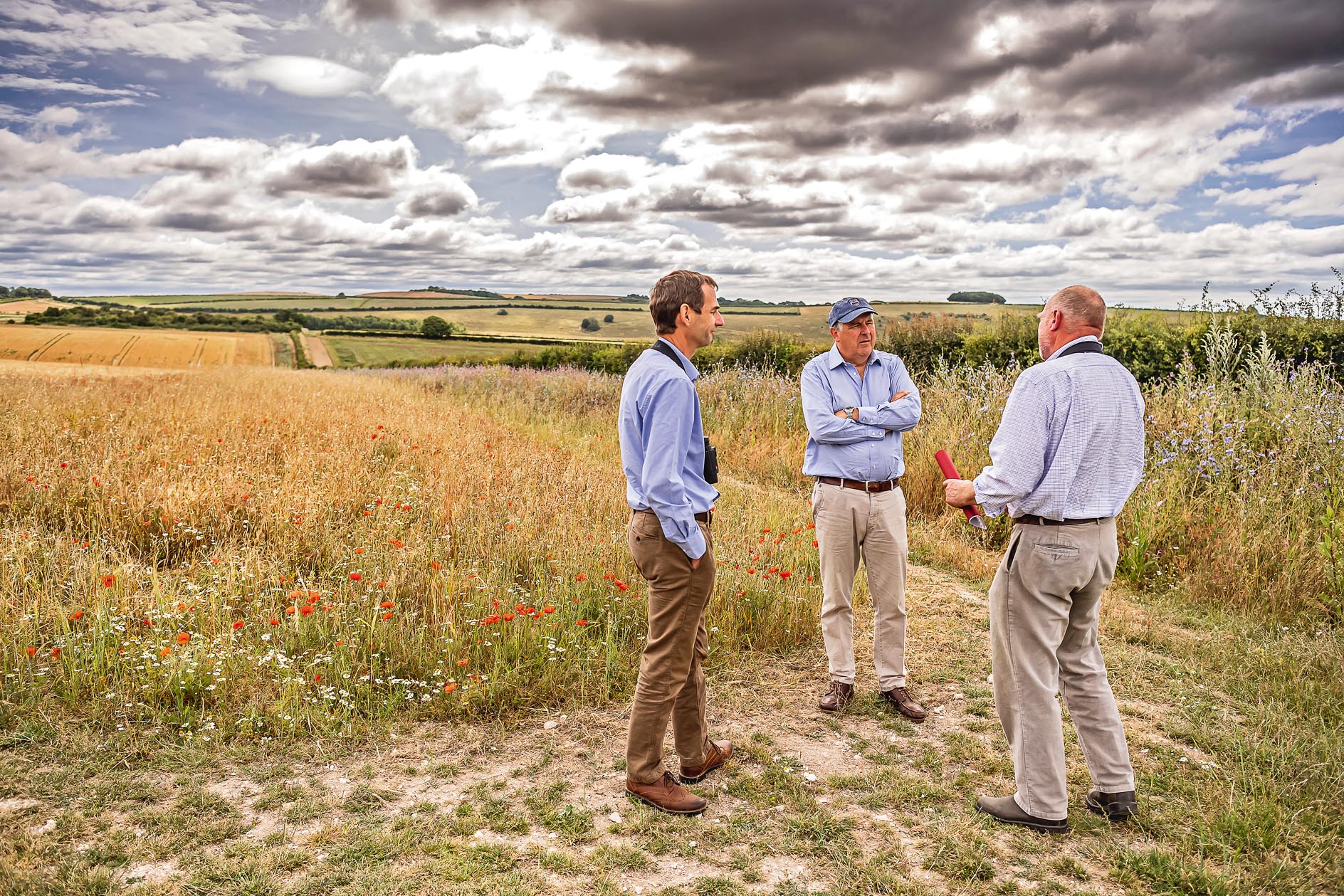
Curlews are in serious trouble in the UK: populations of these prehistoric-looking birds, with their long legs and curved bills, have plummeted by 65% since 1970 and worrying declines are being detected in their upland strongholds, notably on inbye fields. In southern England (south of Birmingham), there may be fewer than 250 pairs.
After their plight was highlighted by the radio producer-turned-author Mary Colwell — who wrote Curlew Moon — several reintroduction projects sprang up around the country. The bird is also fortunate to have another vociferous champion in the shape of The Prince of Wales, the catalyst who brought together all the interested parties by hosting two Curlew Recovery Summits, the first event on Dartmoor in 2018, then a second at Highgrove in 2020, and launched the Curlew Recovery Partnership last year.
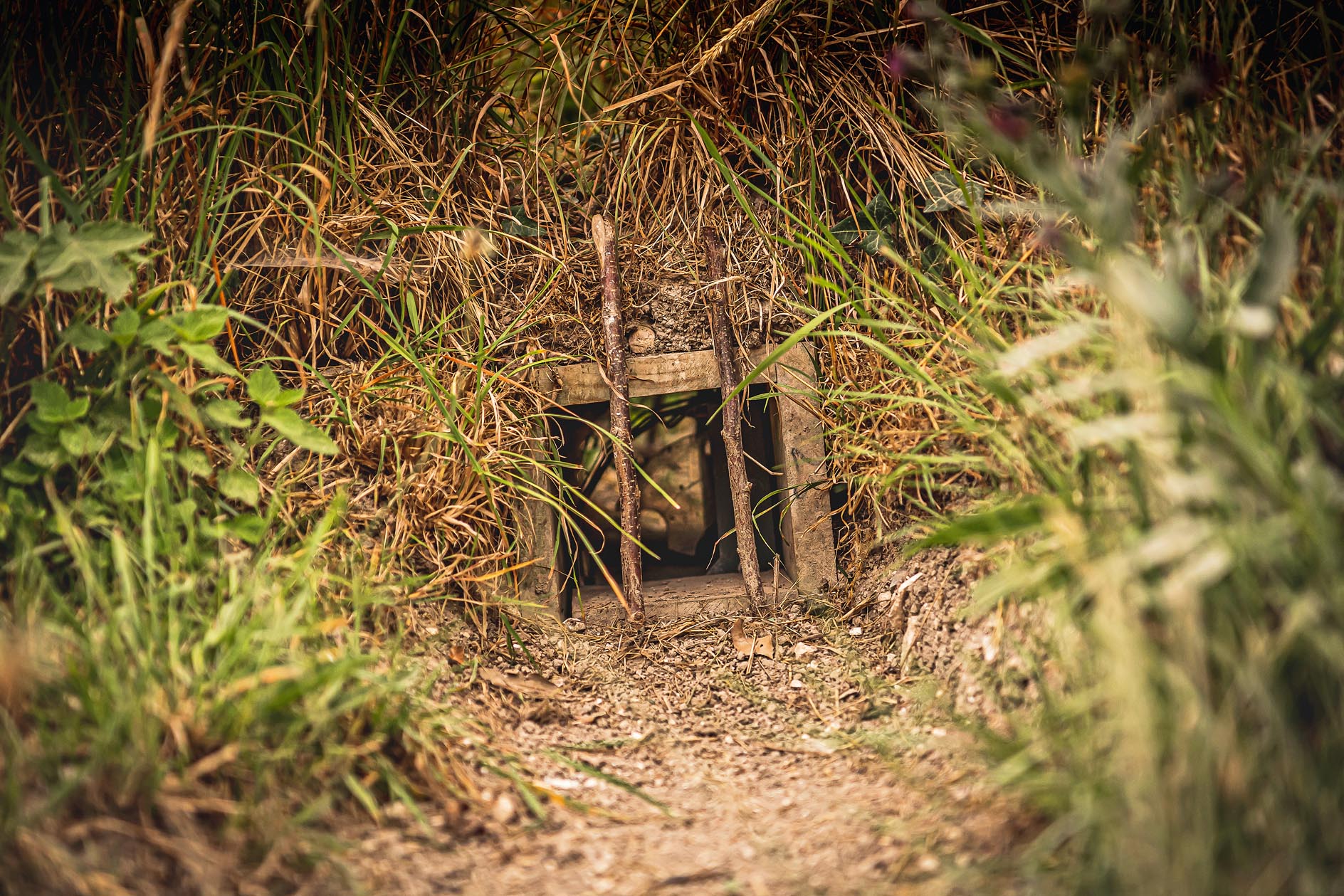
A well-tried-and-tested method of helping threatened animal populations is ‘head-starting’, whereby eggs are either produced in a captive-breeding programme or taken from the wild. In the curlew’s case, they are taken from wild nests — recently, a good supply of eggs has come from military airfields (see box) where, once, the eggs would have been destroyed. These eggs are incubated and the chicks reared in captivity, before being released in a suitable location.
Many waders are philopatric (which means that they tend to return close to where they hatched and fledged). Evidence of this in curlew is poorer, but it is hoped that these birds will return to these sites as breeding birds in two or three years’ time. This intervention is a stopgap to buy time — the fact is that, if habitats degrade and predation is not taken seriously, these initiatives will fail to save the curlew.
What is remarkable about this latest project? Unusually, it is an in-house enterprise entirely funded by the Duke of Norfolk, a lifelong conservationist, who is well aware of the perilous state of all our flora and fauna. He admits he is extremely fortunate to have in hand all the elements required to make this project, such as his upland Arkengarthdale estate in North Yorkshire, from where the curlew eggs are harvested. What he also has in buckets are elements that money can’t buy, in the form of unstinting commitment and dedication to this cause. These qualities are evident as soon as you meet him — simply light the blue touch paper by mentioning the fate of Nature and stand back: his knowledge and passion explode into myriad observations, facts and achievements. The fact that we are standing in a field being serenaded by skylarks is further evidence of his devotion to making his land an attractive place for wildlife to thrive.
Exquisite houses, the beauty of Nature, and how to get the most from your life, straight to your inbox.
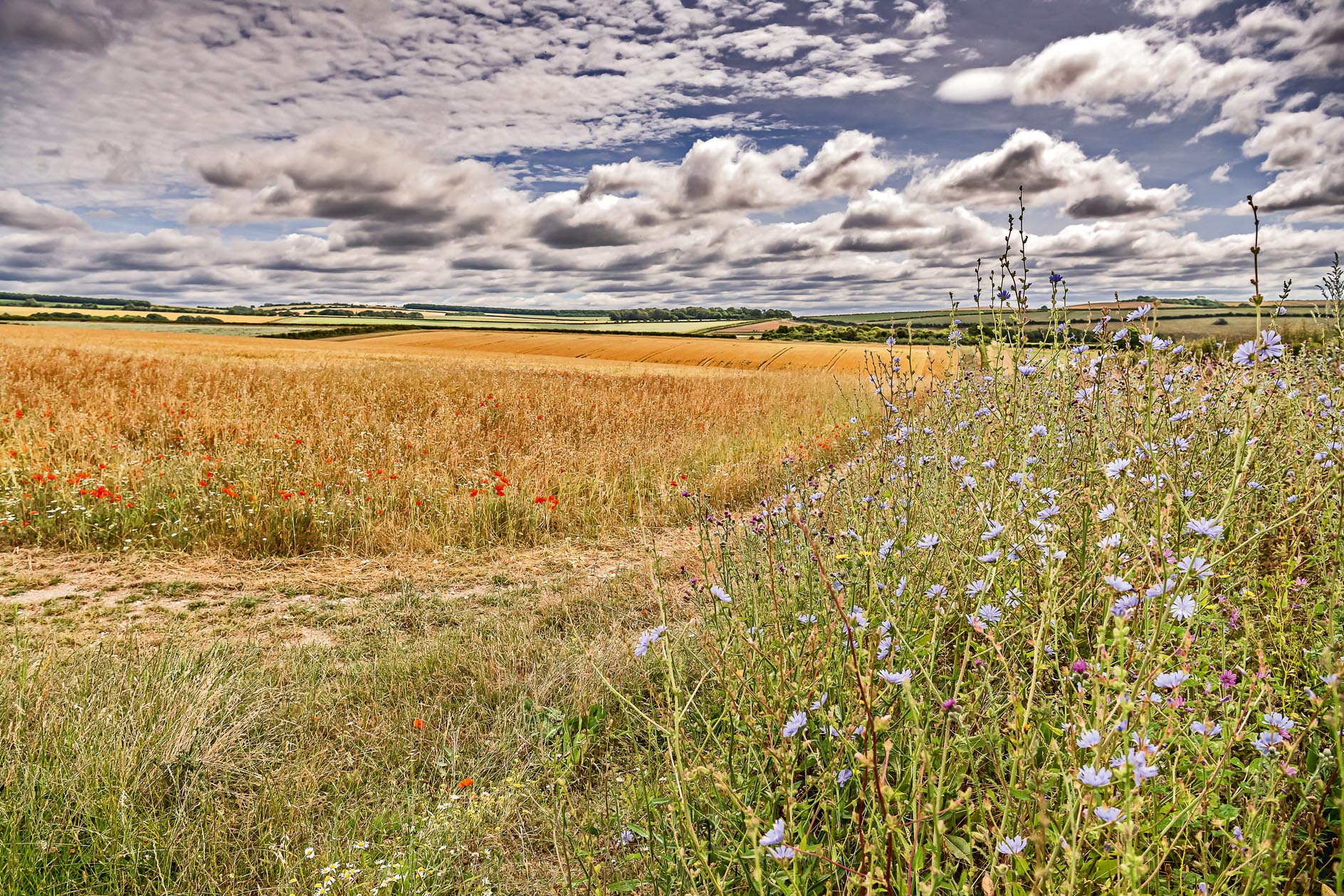
At the Duke’s remarkable Peppering partridge manor, even the harshest critic of shooting and the landed gentry could not be anything other than impressed by the sheer weight of biodiversity. His drive to save the grey partridge, another red-list species, was triggered in 2003, when the late, great Dick Potts (former director-general of the GWCT) warned the Duke that, if he didn’t do something soon, the wild grey partridge would be extinct on the whole of the South Downs. It took time and a lot of work from the farm and the keepering team, but, from that low, they’ve created a sustainable environment where a shootable surplus of greys can be harvested alongside viable farm crops.
The grey partridges came back from a small part of a remnant population and a few introduced pairs from wild stock. In contrast, the curlew has been missing from Sussex as a breeding bird for some time and was never there in great numbers anyway. The last confirmed breeding attempt was in 2011, although there are anecdotal reports of another on the South Downs in 2018. It is important to note that a breeding attempt does not necessarily mean that this long-lived bird — which usually makes 11 years, but can reach 32 — has successfully fledged its young. As a ground-nesting bird that lays its speckled eggs in a scrape, lack of success is mainly down to predation and, in some areas, farming activities.
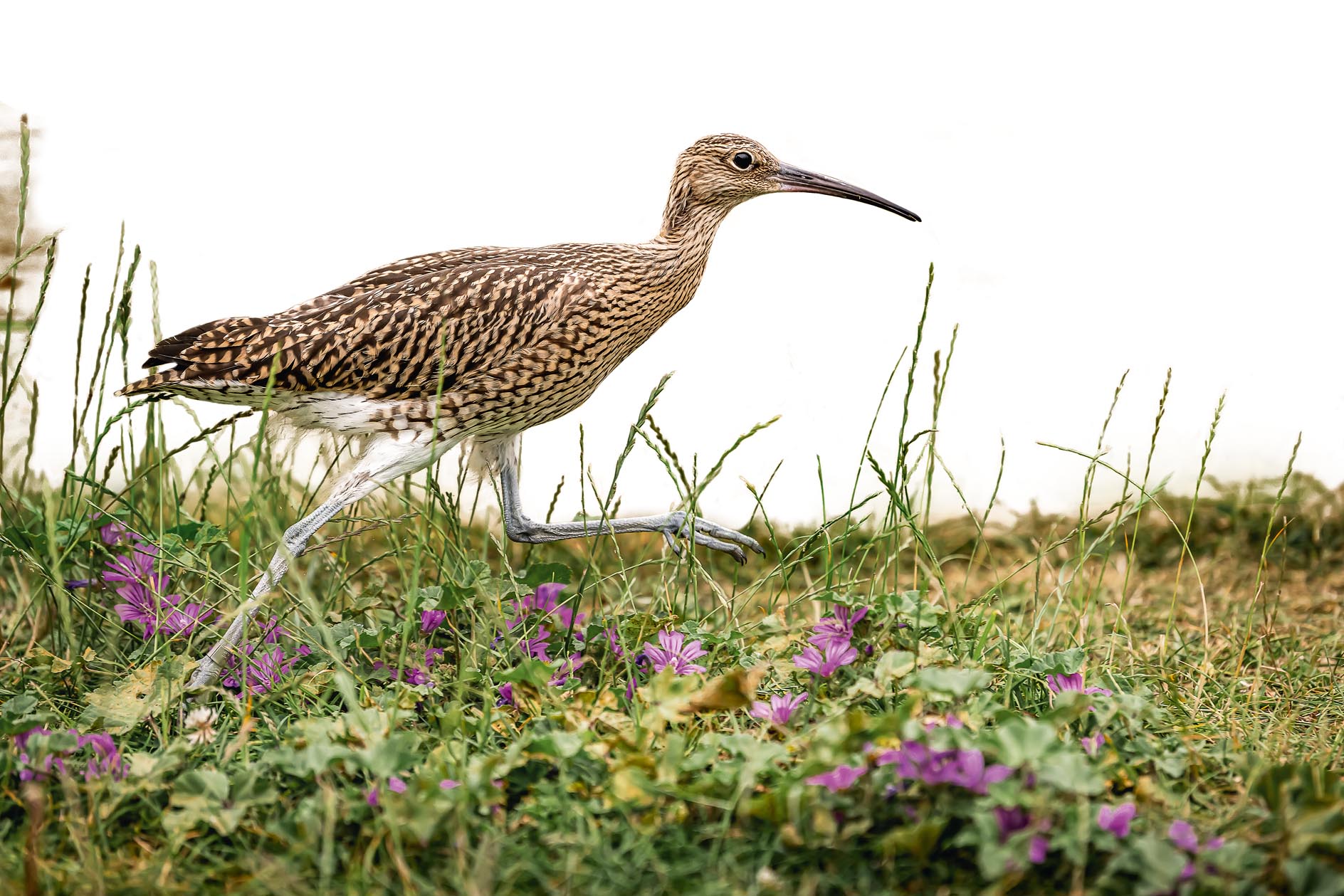
Building on Peppering’s already notable achievements in increasing its populations of lapwing, skylarks, corn bunting and grey partridge — all ground-nesters and limited by predation — thanks to its safe and suitably invertebrate-rich habitats, the Duke decided to help the curlew, another red-list species.
His initial enthusiasm perhaps took Natural England by surprise, which led to frustration: sometimes, the civil-service wheels do not move as quickly as innovation and, possibly, Nature require it to, especially as it turns out that a licence is required to collect donor eggs from the northern curlew population.
The Duke sought advice from the GWCT’s Dr Hoodless, an expert on waders, who quickly produced a comprehensive project plan backed up by a feasibility study. Despite his senior position, Dr Hoodless is very hands on, helping to catch and tag waders in many long-running projects. Furthermore, his expertise adds validity to the project, but why did he and the GWCT want to be involved?
‘This project will give us the necessary insight into the validity of head-starting, which is currently scarce, as well as data on natal dispersal and survival rates compared with wild-hatched birds,’ Dr Hoodless points out. ‘We will learn more about the age at which they first breed, plus where and which habitats the head-started birds favour for breeding. For instance, can we establish new populations where the habitat is suitable or do birds always recruit to sites with wild breeders?’
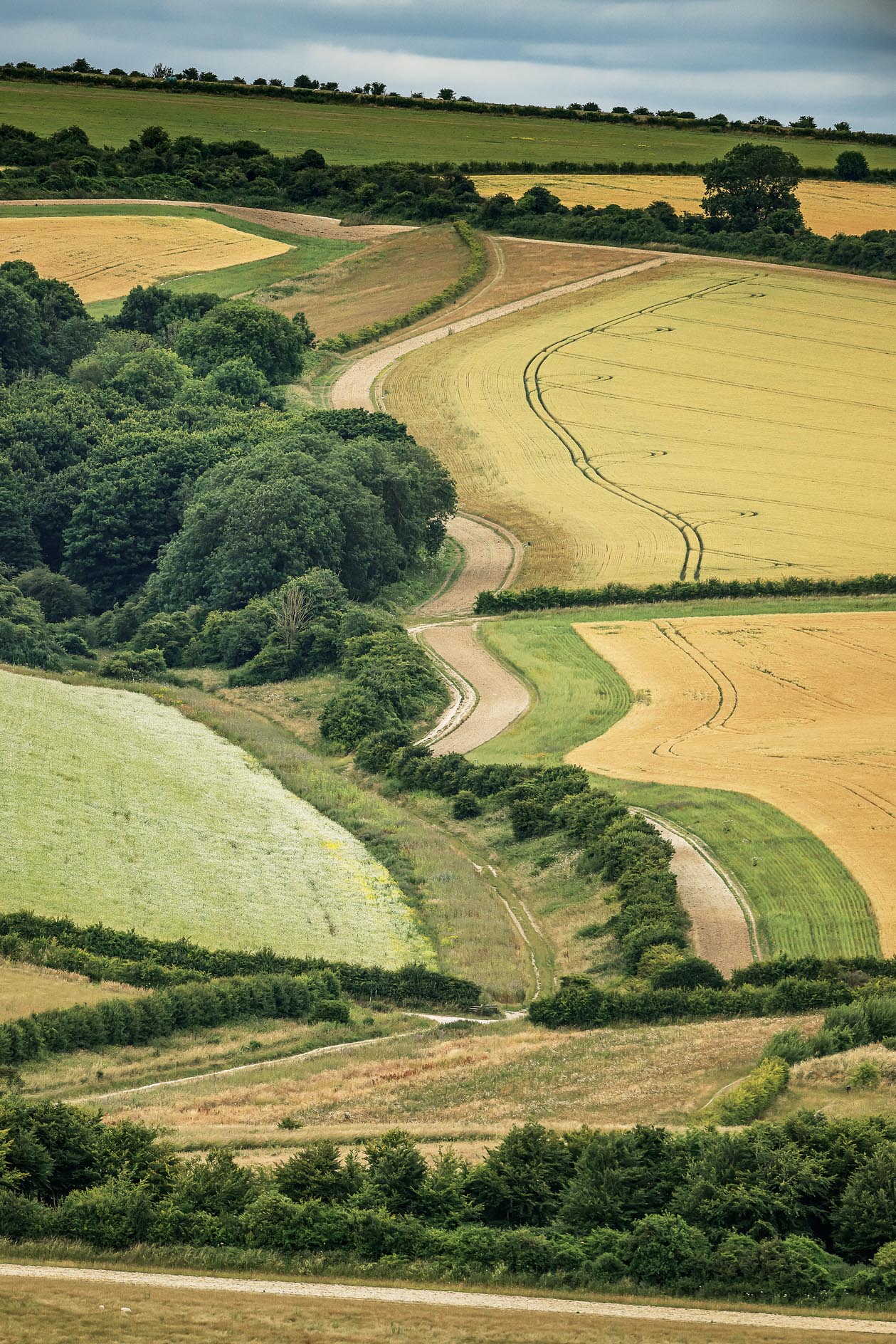
Dr Hoodless adds that, through GPS tracking up to half of the 200 birds that are released over a five-year period, plus five years of further monitoring, the team will gain ‘detailed insights into the movements and fates of individual birds, which are essential to evaluating the success of such a novel project’.
It is clear the entire team is brimming with positivity. ‘Marvellous,’ enthuses headkeeper Mr Mellor — leading on the ground — when I ask what curlew are like to rear. ‘Unlike pheasants and partridges, they have a will to live. I came out in a thunderstorm expecting problems, only to find that they had found a bit of shelter and taken it all in their stride.’
Mr Mellor says they have had a few issues with birds experiencing dropped wings due to too much protein in their diet. ‘They’re fed on pellets, but it’s amazing how quickly they begin to probe and catch invertebrates, which are high in protein,’ he explains. ‘However, we soon put it right with a little tape to support the wing until the muscle gets stronger.’
As for the Duke, the way forward is straightforward: ‘What we have done doesn’t require rocket science, but I believe that, if we act together, we can achieve great things.
The estate is punctuated by several tracks and public rights of way and, when we pull up to look at a potential release site, we meet a woman sitting on a bench, who tells us that she frequently walks to it as it’s her favourite view. As we chat, I notice that it’s Dr Potts’s memorial bench. What a legacy. I’m hopeful that, if everyone can work together for the greater good of wildlife, anyone who sits on Dr Potts’s bench in future may hear burbling curlew, turtle doves and nightingales.
More curlew conservation projects
Curlew Country, Shropshire
Based in the Shropshire Hills and on the Powys border, this head-starting project — begun in 2015 — works in close partnership with local land managers, volunteers and the wider community in a bid to maintain its stronghold of about 40 pairs of breeding curlew. In recent years, it has demonstrated and highlighted the need for predator control, alongside habitat management, to ensure curlew recovery.
Sandringham, Norfolk
In July last year, The Prince of Wales was on hand to welcome the arrival of about 80 curlew poults to be released on The Queen’s Norfolk estate and the Buscall family’s neighbouring Wild Ken Hill estate (where the BBC’s Springwatch is filmed), as part of a Natural England-led project that aims to boost numbers in the East of England. The birds — which were reared at the nearby Pensthorpe Conservation Trust in Fakenham — hatched from eggs collected from airfields, where nesting curlew presented a serious risk to air safety.
Of the 147 eggs picked up, 106 were transported to a purpose-built rearing facility at Pensthorpe and 41 were taken by the Wildfowl & Wetlands Trust for a project on Dartmoor. Some of these birds have been fitted with GPS or radio tags by the British Trust for Ornithology, to monitor their progress after they are released.

Stone curlews: The oddball of the bird world with a touch of the prehistoric look
With a sinister yellow gaze and legs ‘swoln like those of a gouty man’, the prehistoric-looking stone curlew is nonetheless

The 8 best birdsongs you'll hear in Britain
Which eight birdsongs would you choose as the soundtrack if you were stranded on a desert island? David Tomlinson picks